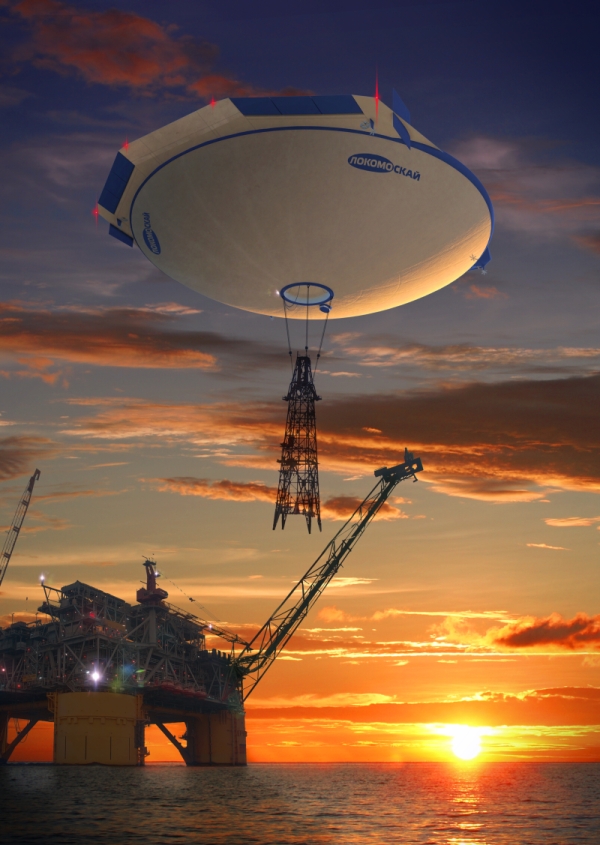Driftless
Donor
I think the long-endurance specialized recon role could be useful. With the advent of extremely long-ranged radios, they could scout for the fleet and stay in the air for days or even weeks at a time. As late as WWII, the Germans could use them to search for cargo ships in the middle of the Atlantic and direct the u-boat packs. Of course the airships would be vulnerable, but if they were specially built for long-range patrol, they could conceiveably go the long way--down over Italy, accross the Med, to North Africa, and then out past Spain to the middle of the Atlantic. Once they were in the air gap, they could operate for as long as their supplies lasted in general safety. I don't know if it would be worth the effort required to build it, but it's one of the applications for which I think an airship might have a real advantage.
The functional flip-side of that idea was the US Navy's extensive use of blimps for coastal convoy protection. Basically, long duration uboat-spotters. If I remember correctly, no convoy ships were lost with a blimp overhead.
Nowdays though, it wouldn't take much for a longer-range SAM to shoot down an in-theater airship.
What about their use in some form of (fairly) quick disaster relief support role - long duration observation, temporary communications support, etc. I'm thinking of situations like Typhoon Haiyan, where so much of the local infrastructure was destroyed, including extensive damage to the airport.



